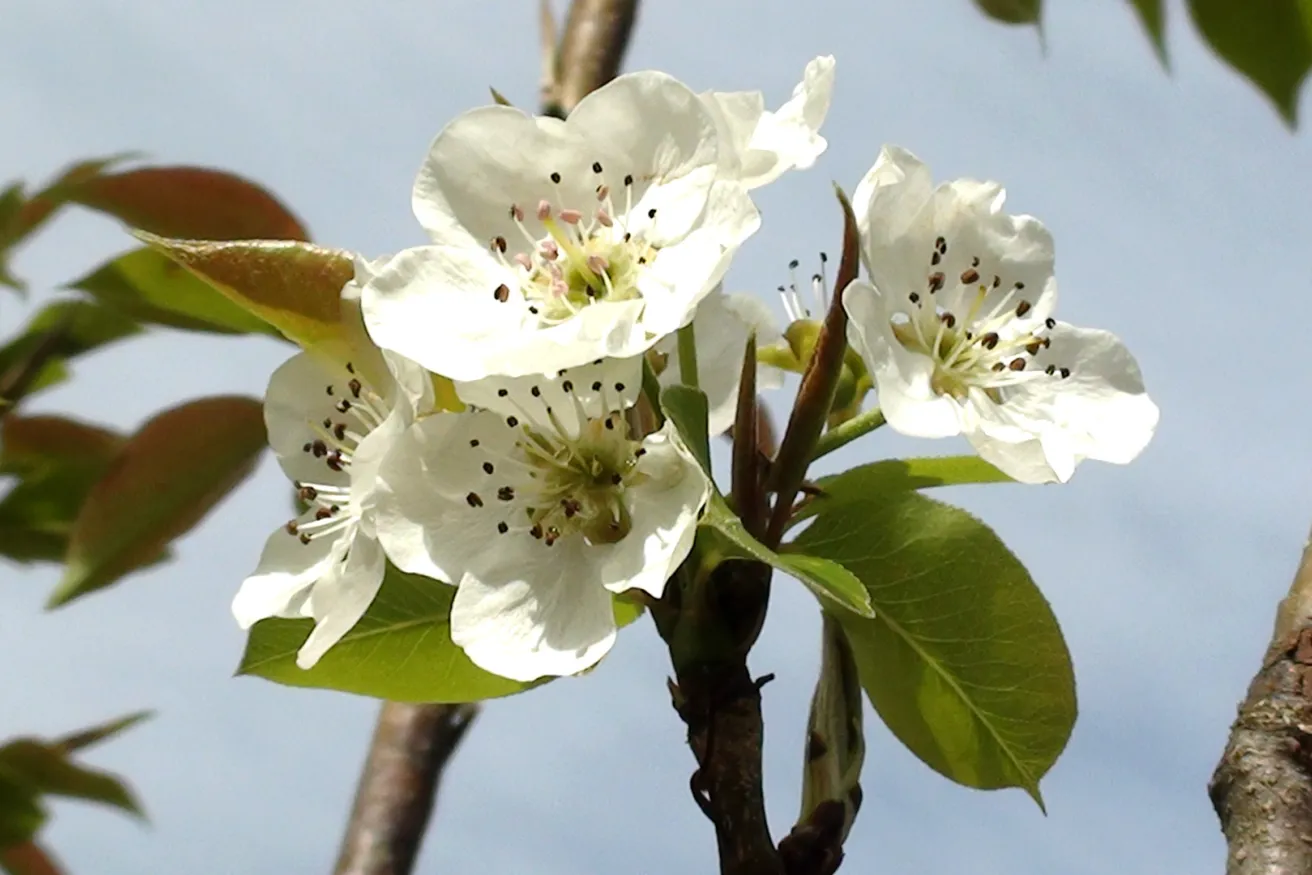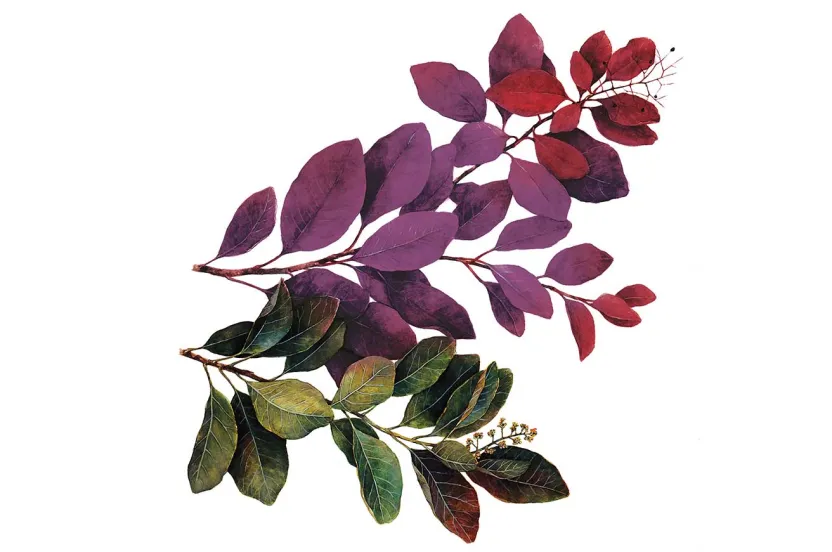Now live: The 2025 Canopy Report. Learn how Americans see trees. GET THE REPORT
Pyrus communis x P. pyrifolia
The Kieffer pear tree is said to be an accidental hybrid, a cross of the Sand Pear and Bartlett. It was first cultivated on the farm of Peter Kieffer in Philadelphia in the 1860s. So how did the Kieffer pear come to be? Peter Kieffer planted a seed from a Sand pear tree, and it was pollinated by a nearby Bartlett pear tree. The effortless product that came grew in popularity for its mixed characteristics, resembling that of a pear and an apple.
Kieffer pears are large and golden yellow with a coarse, white flesh (drier than Orient Pear) and musky aroma. They are very hardy, tolerating both drought and floods (hardiness zones 4-9). The tree blooms small, white flowers in the spring and has dark glossy leaves. Similar to other pear trees the Kieffer is self-fertile, but for optimal results planting a second pear tree is beneficial. It is fast growing, so it won’t be long before you can enjoy the fruit under the shade of its canopy. Kieffer pear trees reach up to 20 feet at maturity.
What is your favorite pear variety? Let us know below!
Missed last week’s Tree of the Week? Catch up on it here.




